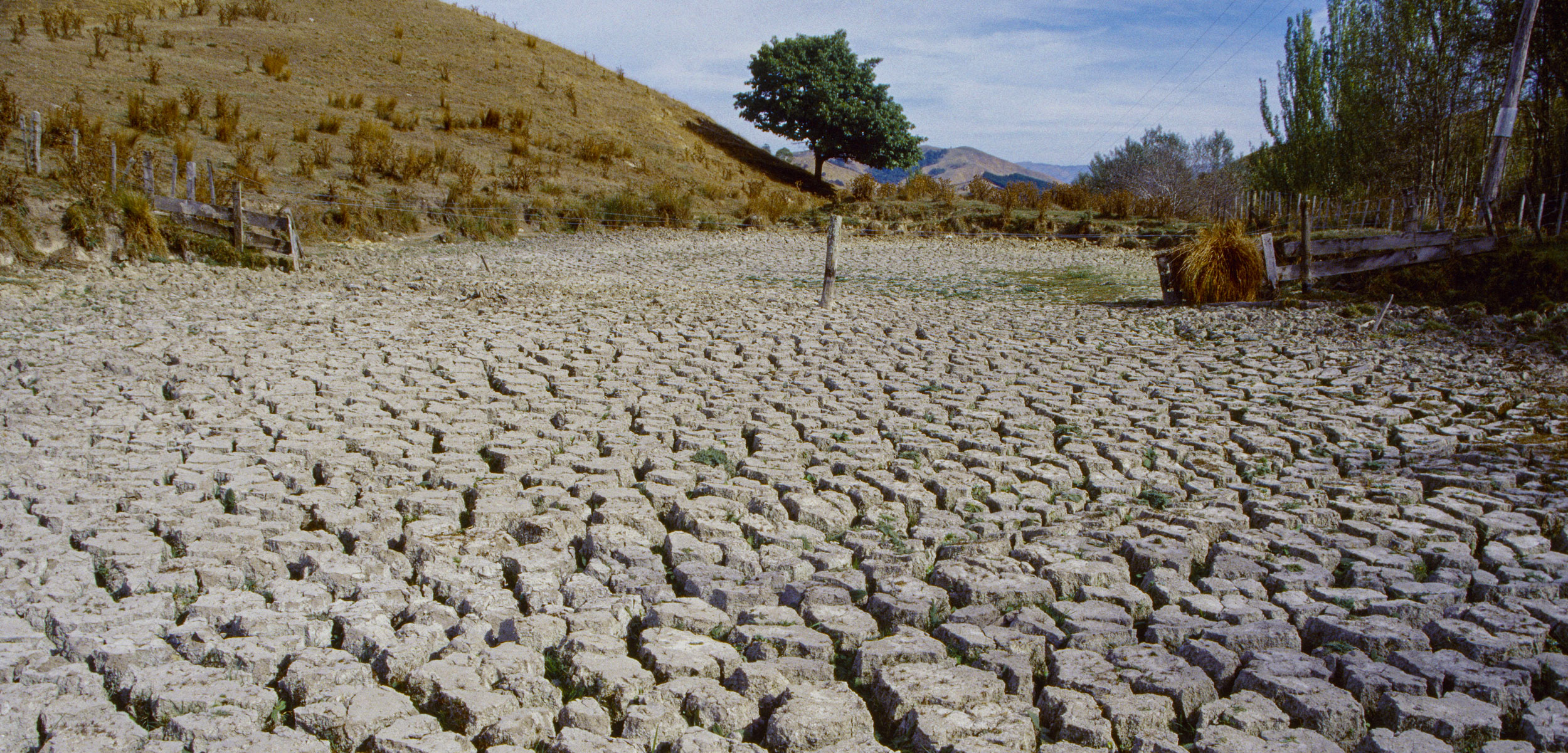Black Carbon Is Supercharging El Niño
The sooty pollutant spurs the development of more powerful El Niños, to potentially devastating effect.
Article body copy
Black carbon is a dangerous, sooty material produced by the incomplete burning of biomass and fossil fuels—it poisons the air we breathe and accelerates the melting of glaciers and polar ice caps. Black carbon is the second-most significant pollutant driving climate change after carbon dioxide. But as new research suggests, black carbon emissions in the northern hemisphere might also be increasing the frequency of extreme episodes of one of the world’s most important climate phenomena: the El Niño-Southern Oscillation (ENSO).
An El Niño occurs when water in the tropical Pacific Ocean becomes warmer than normal just as easterly trade winds in the area weaken. These events occur roughly every five years, and affect weather systems worldwide. But every couple of decades, an extreme El Niño hits, such as the one from 1997 to 1998 that drenched South America’s west coast with heavy rain, threw South Asia and Australia into severe drought, and killed tens of thousands of people.
Recent studies suggest climate change is causing extreme El Niños to occur more often. Yang Yang, a climate scientist at the Nanjing University of Information Science and Technology in China and an expert on black carbon, knew the airborne pollutant could absorb solar radiation and cause the atmosphere to heat up. But using a model that simulates the effect of airborne particles on global climate, Yang showed that an increase in black carbon emissions north of the tropics makes extreme El Niño events more likely.
In normal years, a difference in oceanic and atmospheric temperatures between tropical and northern latitudes drives heat toward the Arctic. But when more black carbon is in the air, Yang found, air and ocean temperatures in the northern hemisphere rise. This reduces the energy flowing to the North Pole, and consequently increases the water temperature in the tropical Pacific.
Nathaniel Johnson, an expert on ENSO at the US National Oceanic and Atmospheric Administration who was not involved in the study, says he hadn’t before considered the possibility of black carbon influencing El Niño. It does fit, however, with recent findings that climate systems are more connected than previously thought. “Changes in the Arctic may not only influence the Arctic, but also can have far reaching impacts even all the way down to the tropics.”
Based on this result, Yang suggests that reducing black carbon emissions could help mitigate extreme El Niño events.

